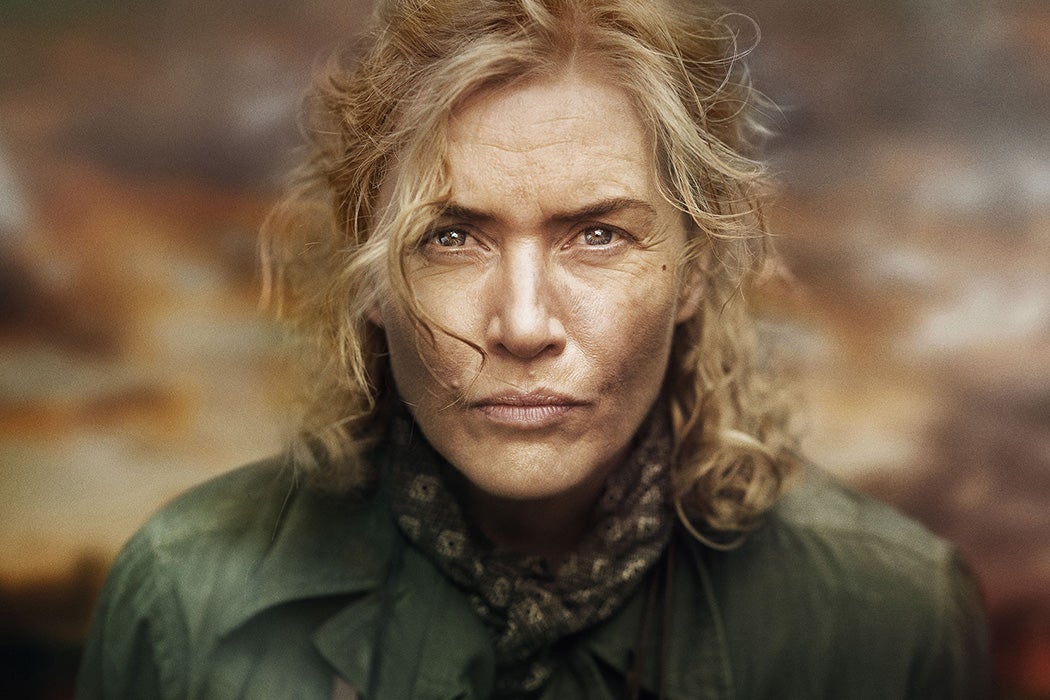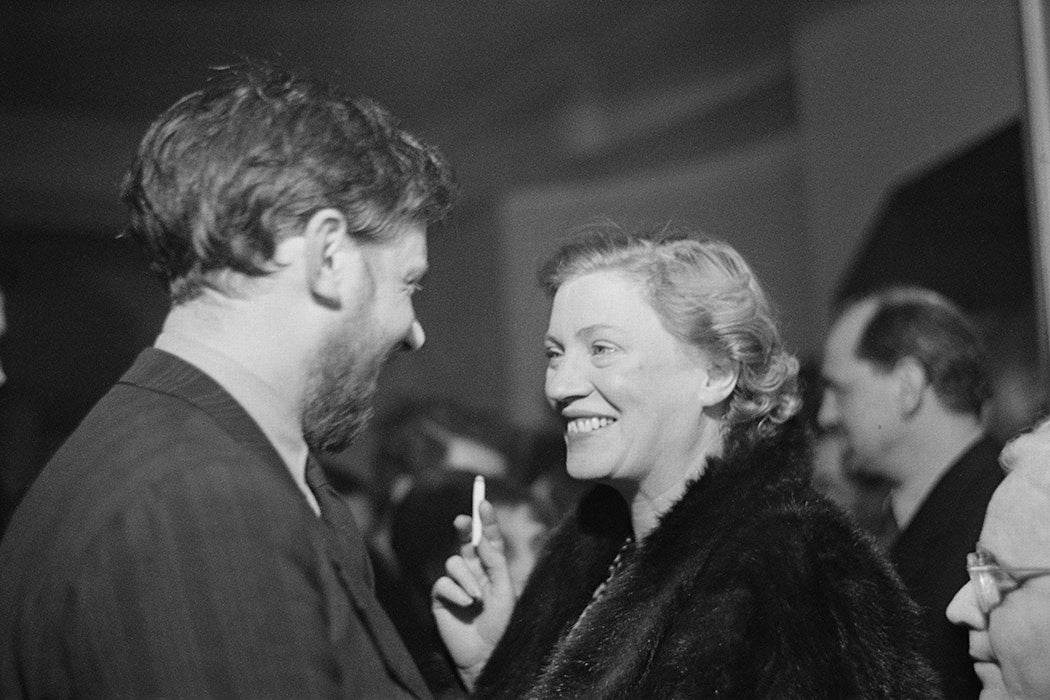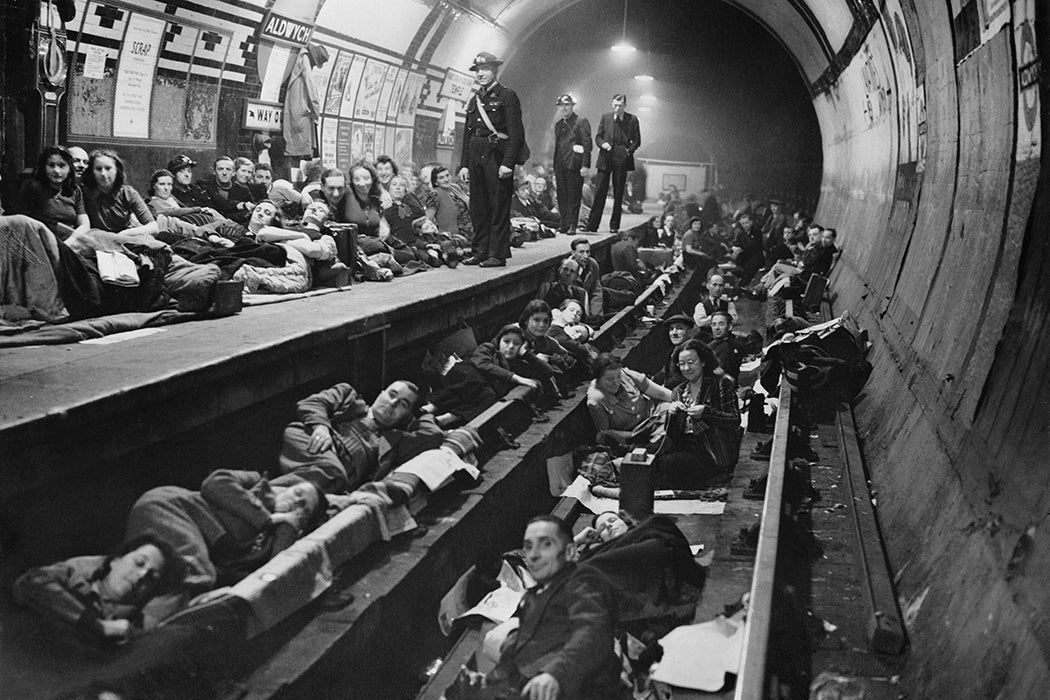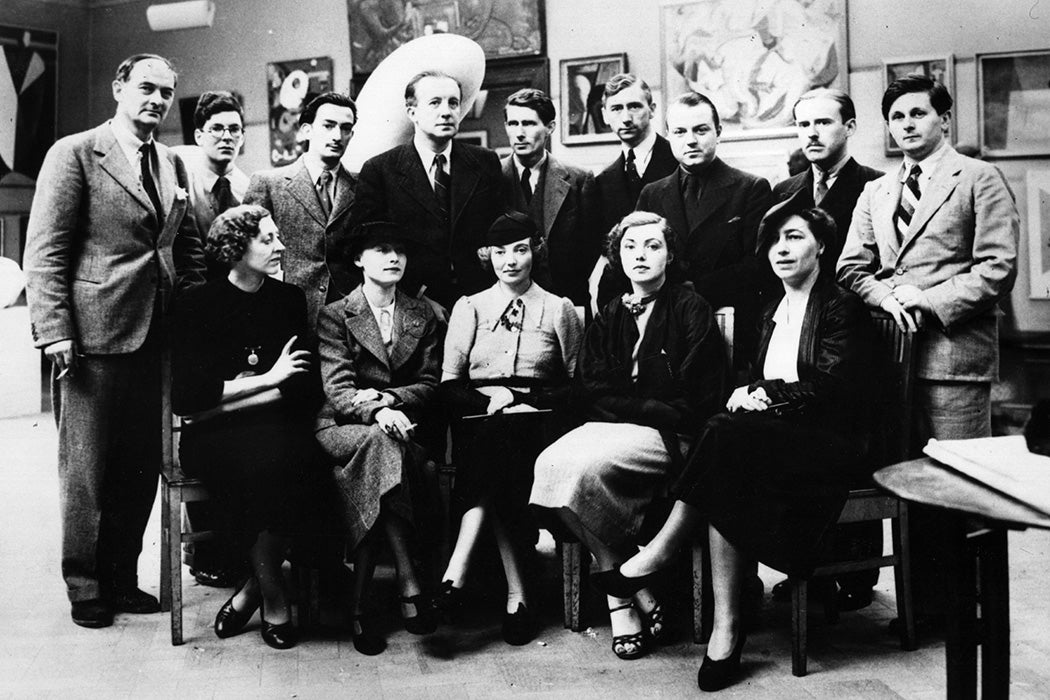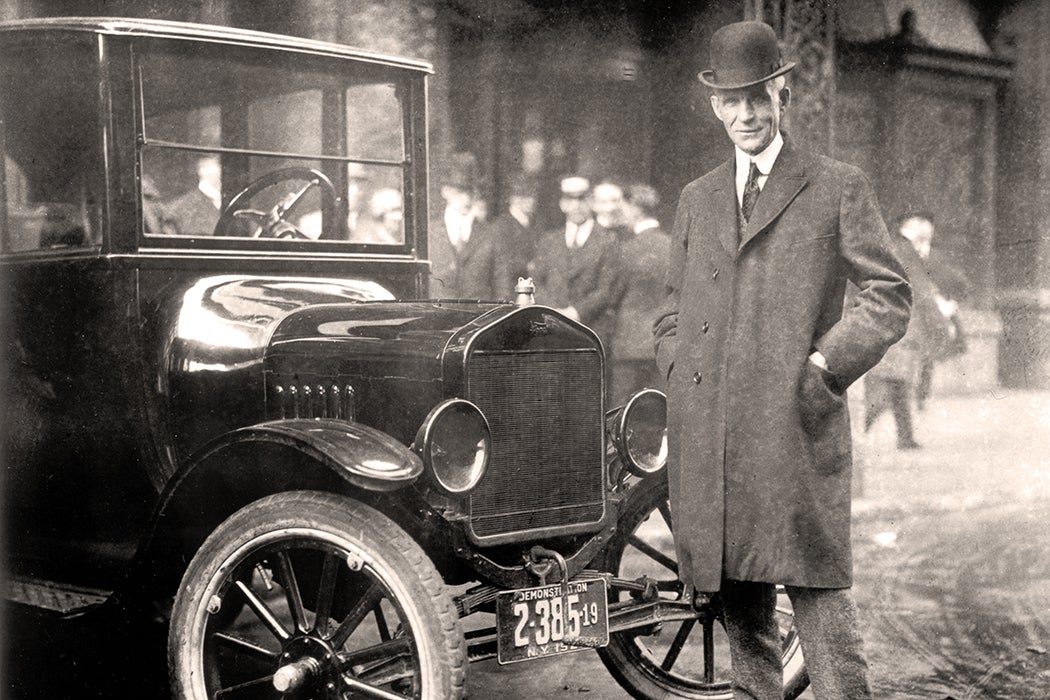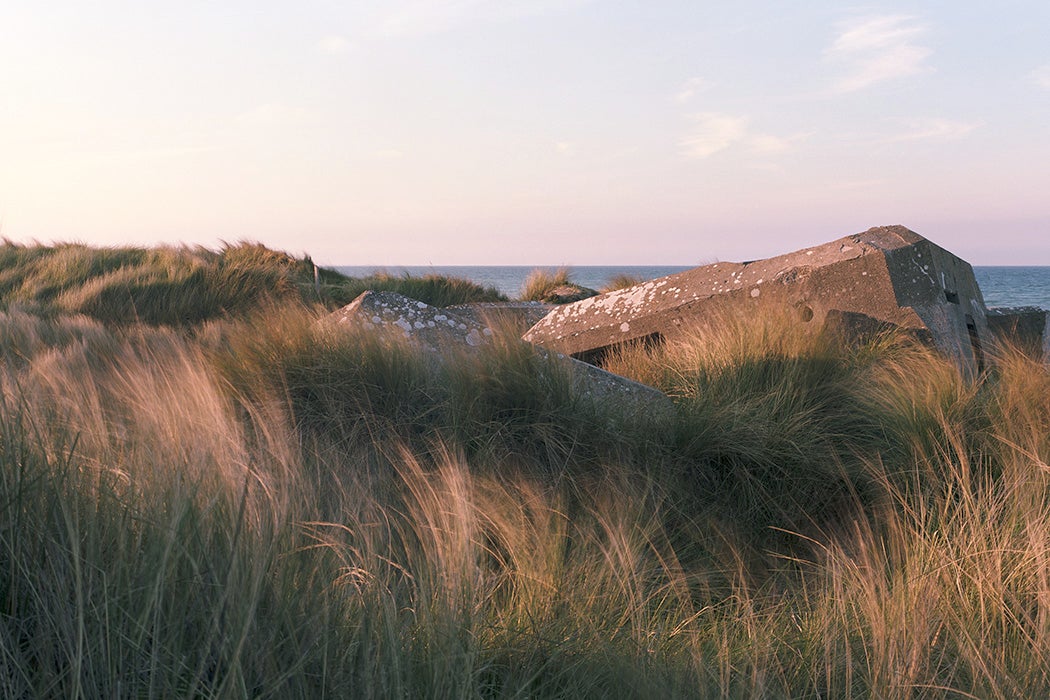Lee, a biopic about war and fashion photographer Elizabeth “Lee” Miller, opened in theaters last month. Directed by Ellen Kuras, the movie looks at Miller’s life during World War II through a series of flashbacks prompted by a closer-to-present-day conversation with a young journalist. Kate Winslet stars as the complex and courageous Miller; Andy Samberg plays the role of sincere and supportive Life magazine photographer David E. Scherman, who travels with Miller to document a devastated Europe. Andrea Riseborough plays a thoroughly likeable and bold Audrey Withers, editor of British Vogue magazine during World War II.
The film opens with Miller ensconced in a group of artistic friends enjoying sunny southern France. Brief mentions of Miller’s career as a model and her previous relationship with Surrealist artist Man Ray pop up, but the film quickly moves to the effect of the war on life and work. Sponsored by Vogue, with mobility enabled by an American passport, Miller transitions from the magazine’s wartime photographer in London to field photographer at an evacuation hospital in La Cambe, France, following the D-Day invasion. Without spoiling the movie, let’s say that her frontline photography sets her up for a future battle with PTSD.
Miller’s friends and family float in and out of the frame, their appearances highlighting the physical and psychic damages wrought by the German occupation of France. It’s worth noting that the film explores violence committed not just by armies, but by specific individuals—friends and neighbors, for instance—only some of which could possibly be “justified” as an act of war. None of this is good, and none of this is good for Miller, as the film makes clear.
Weekly Newsletter
Even so, Miller has the ability to at least temporarily work through the trauma, and it’s that resilience that brings some of the horrors of the Holocaust out in the open; her photographs taken after the liberation of Buchenwald and Dachau (the latter with Scherman) expose Nazi Germany’s murderous violence to the world.
If you’ve seen Lee and want to learn more about Miller and her work before and during the war, we’re here to help. We’ve gathered a few stories to contextualize her career, 1940s France, and the legacies of wartime violence. You can also explore her photography via the Lee Miller Archives.
